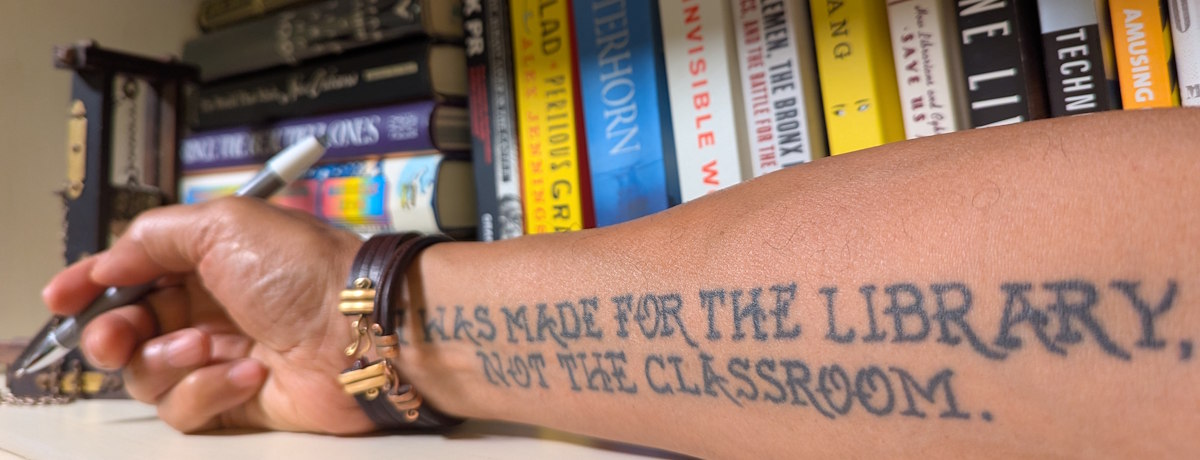Commentary and advice on marketing, mostly for publishers (traditional and brands) and writers, but sometimes from a broader perspective.
While Epic Mickey can certainly be used as an example of transmedia development, I'd argue that the process only got it half right since there doesn't appear to be an integrated marketing plan in effect.
In the old days, that platform was the physical bookshelf in a brick-and-mortar retailer. Today, it's a combination of email and ecommerce.
Part collectible card game, part treasure hunt, augmented with an immersive online community, Perplex City offers a number of interesting takeaways for anyone wrestling with how and where audience development and transmedia intersect.
The passion and optimism for Troy from some of the people I met was inspiring and infectious, reminding me very much of the community that's gathered around Digital Book World over the past year.
"No licensing fees to Apple means we can pay our creators more while offering readers lower prices."
My fantasy publisher would follow a pretty simple equation: Tor.com + Runes of Gallidon + Book View Cafe + Cursor = Awesome!
"From the Director of 300 and Watchmen" isn't an ideal tagline for a PG-rated movie aimed at kids.
